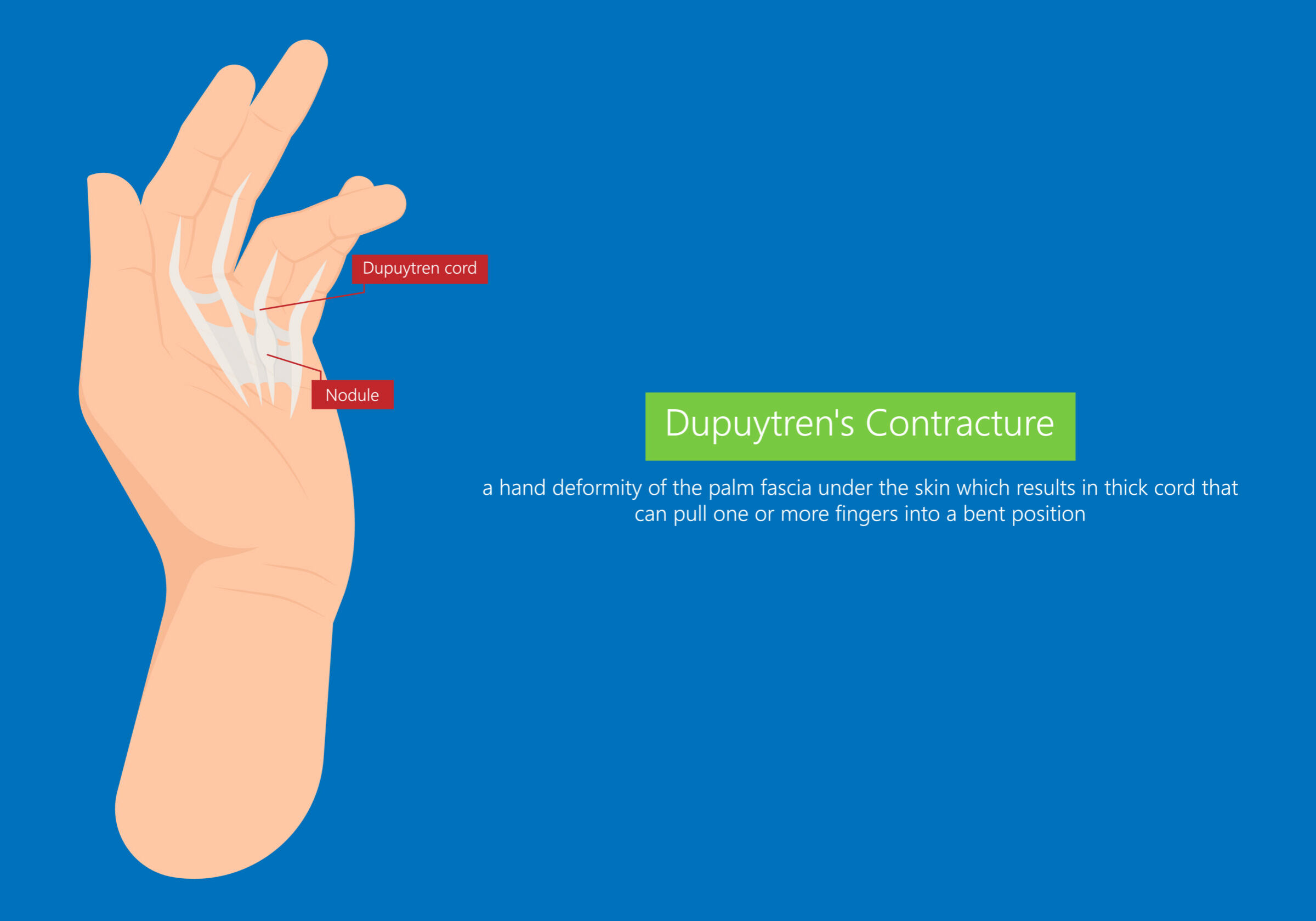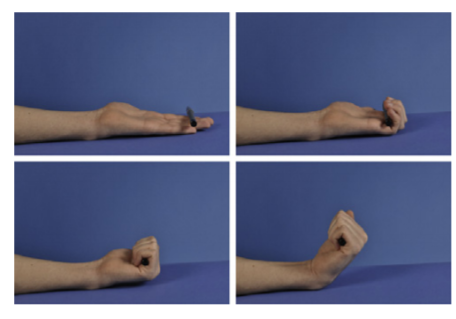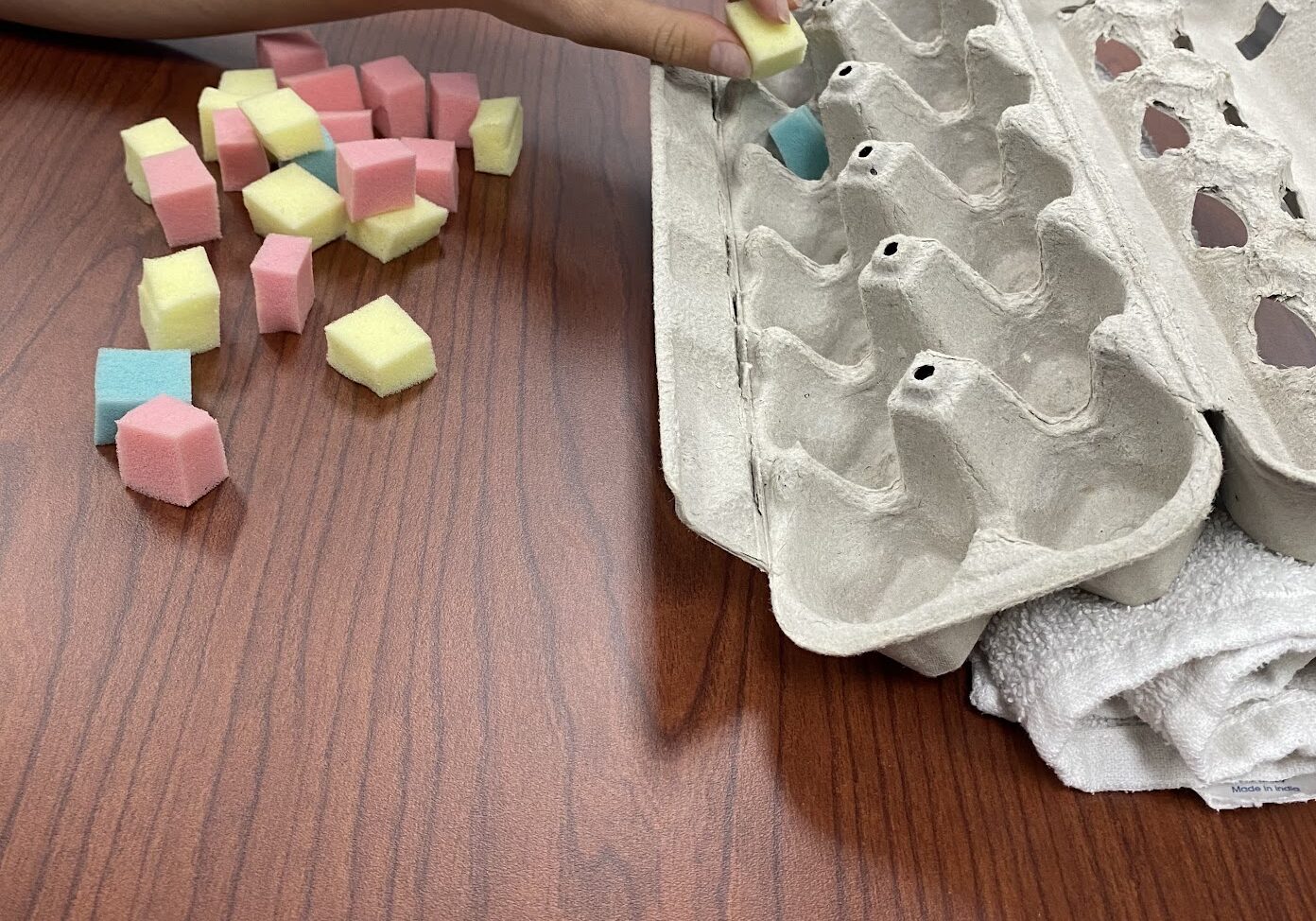7 Tips to Improve your Chances of Passing the Certified Hand Therapy Exam
Filed under Uncategorized
There are several predictors for success when taking Standardized Exams. One key component is self-regulated learning and the application of study strategies. Studies have shown if Certified Hand Therapy Exam takers cannot self-regulate or monitor their knowledge, they will demonstrate poor exam performance.
Self-regulation is how learners gain knowledge while monitoring and reflecting on their behavior and making the necessary changes to continue to obtain the knowledge successfully.
How to improve self-regulation can be dependent on the individual learner. These suggestions are meant to provide a basis for enhancing self-regulation but remember, as part of the process of self-regulation, it is important to re-evaluate and make changes to improve knowledge obtainment. Self-regulation also requires motivation to use the strategies as well. So it is essential to manage skill development and have the will to implement it.

Developing a Sound Study Schedule
Developing a sound study schedule with a plan is at the top of the list for achieving exam success. Each learner is different but developing a time to study and a plan to review each week is crucial. The most important aspect of this is to do it consistently and efficiently. It is also essential to determine how you are going to study. It is usually a combination of readings, taking notes, using flashcards, taking courses, and practice exams.
Complete Practice Exam Questions
Another critical component to success on any Certified Hand Therapy Exam is doing practice questions and practice tests. There are several reasons why practice exams are helpful.
Practice exam(s) can tell test-takers which topic they may be deficient in and which ones they have mastered. This can help identify areas of weakness and where the learner can spend their time more efficiently.
Practice exam(s) are considered helpful to space learning or chunked learning. Chunked learning is the process of breaking more extensive content into smaller sections, which has been shown to improve learner retention.
Doing practice questions has also been shown to reduce anxiety. This can remove the mystique associated with the exam allowing the test taker to see the question style, practice timing of question, and have an overall fair view of the Certified Hand Therapy Exam content.
Utilize a note-taking system
There are several ways to take notes, and it can be helpful to try out a few different methods and see what is best for you. Several studies show that taking notes by hand is more effective than typing them.
One widely utilized note-taking method is the Cornell Note System; a Cornell Educator initially developed it. To learn more about this technique, visit https://lsc.cornell.edu/how-to-study/taking-notes/cornell-note-taking-system/
Practice good time management
Time is one of our most valuable assets. Learning how to manage time appropriately will allow you to work smarter, not harder. Time management involves organizing and planning our time between different tasks.
1.) set aside 30 minutes each week for planning
2.) list what needs to be accomplished each week, listing your highest priorities items first
3.) assign a time limits to each task
4.) learn to say no to things that don’t align with your values and priorities
High achievers and most successful people manage their time exceptionally well. Also, several studies have shown successful exam takers have been shown to have better time management skills.

Practice High Levels of Concentration
Studies have shown meditating for 5 minutes before studying can be beneficial to improving your focus and attention to the task. Several smartphone apps can be utilized for meditation. Other critical items to improving concentration
1.) exercise regularly
2.) eat healthily
3.) practice good sleep hygiene
4.) Get rid of distractions when studying
5.) use Pomodoro technique–
The Pomodoro technique is a time technique to help train your brain to stay on task. Learn more about the Pomodoro technique by visiting https://www.forbes.com/sites/bryancollinseurope/2020/03/03/the-pomodoro-technique/?sh=3f4a036b3985
Utilize Flashcards
Flashcards really do work, and there is a lot of good scientific data to back this. They are so effective because they engage active recall, allow for spaced repetition, and they strengthen metacognition.
Understanding your “why” or your Motivation

Understanding why you are taking the exam can improve your motivation. If your employer requires you to take the exam, this can be detrimental to your inspiration. In this case, you should write down your own “why” and refer to it frequently. Create a vision board if you are struggling with this.
If interested in learning how Hand Therapy Academy can help you to pass the exam, reach out for a free no-pressure discovery call info@handtherapyacademy.com
More To Read
Collagenase injection versus Partial fasciectomy in the treatment of Dupuytren’s contracture
Rapid Review By: Shruti Jani Title: Collagenase injection versus partial fasciectomy in the treatment of Dupuytren’s contracture Reference: Tay, T. K. W., Tien, H., & Lim, E. Y. L. (2015). Comparison between Collagenase Injection and Partial Fasciectomy in the Treatment of Dupuytren’s Contracture. Hand Surgery, 20(3), 386-390. https://doi-org.mwu.idm.oclc.org/10.1142/S0218810415500288 The Skinny: “Comparison between Collagenase Injection and…
Read MoreIs HEP Just as Good as Therapy for Metacarpal Fracture Rehab?
Gülke, J., Leopold, B., Grözinger, D., Drews, B., Paschke, S., & Wachter, N. J. (2018). Postoperative treatment of metacarpal fractures – Classical physical therapy compared with a home exercise program. Journal of Hand Therapy, 31(1), 20-28. The Skinny – Medicine is moving towards a model that encourages less direct intervention and a more DIY focus…
Read MoreBrachial Plexopathy Case Example in Hand Therapy
Brachial Plexopathy Case Example in Hand Therapy (plexopathy examples) One of the recent cases we have seen is a 13-year old with a brachial plexus injury. We are seeing the patient post-surgery for tendon transfers to increase functional use of his left upper extremity (LUE). Before the surgery, he could not extend the wrist and…
Read MoreSign-up to Get Updates Straight to Your Inbox!
Sign up with us and we will send you regular blog posts on everything hand therapy, notices every time we upload new videos and tutorials, along with handout, protocols, and other useful information.





